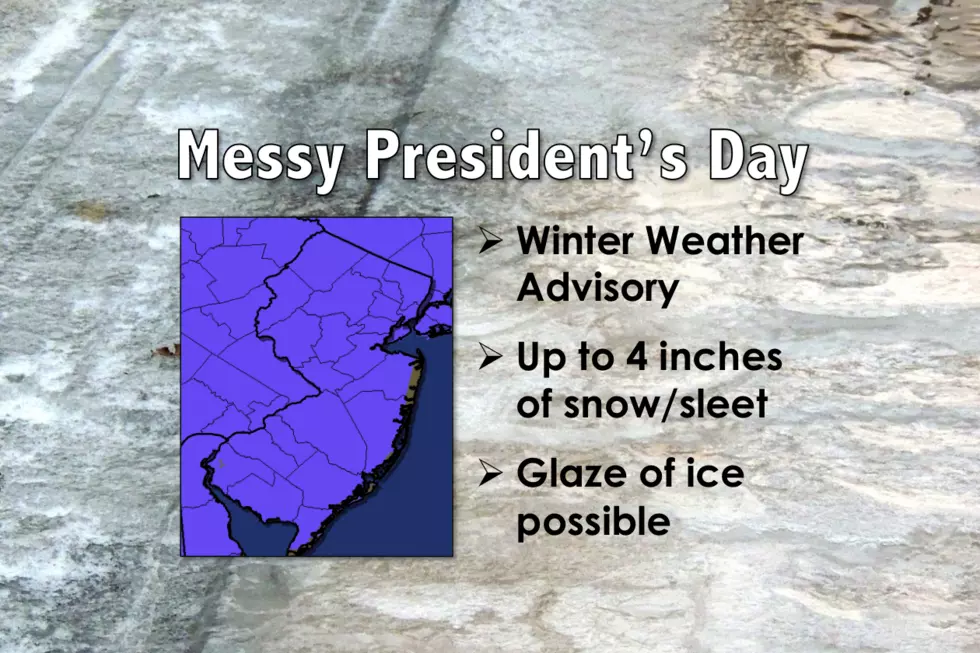
Smith claims Iran uranium tracking gap, vows probe
One of the key components of the international pact for a curb on nuclear development in Iran contains an alarming omission, says shore Representative Chris Smith (R-4).
Much has been said about Iran's release of about 25,000 pounds of nuclear-enriched material into Russian hands.
However, the lead coordinator for Iran nuclear implementation, US Ambassador Stephen Mull, responded to a Smith question in a February 12 hearing that the Obama Administration has no way to track the trail.
The Republican says he will bring the issue to Secretary of State John Kerry during his address to Congress.
Mull responded, in part, that given IAEA's full-time monitoring of the fuel cycle in Iran, "...it is impossible to introduce elements into that system without being detected by the system, the IAEA."
"The material that Iran shipped out...Russia took that under its control," he continued. "We obviously have many differences under many years with Russia, but one of the features of our relationship is pretty close cooperation on protection of nuclear material."
However, when pressed, Mull was unable to explain where the ship was bound, or where Russia planned to store it.
Smith calls it "an outrageous and unbelievable situation. Not only was it questionable in the first place for Russia-a close ally of Iran-to be the repository for that nuclear material, but apparently there is no requirement under the agreement the Administration negotiated for the Russians to notify the International Atomic Energy Agency or any of the negotiating nations about where the nuclear material is, where it will be stored or under what conditions it will be safeguarded," he said in prepared remarks.
The Congressman fears that without direct verification by IAEA or the US, there is no way to know for certain whether fissible material stays outside the borders of a country that will see nuclear armament restrictions lifted in a decade and benefiting from billions of US tax dollars.
On its website, IAEA maintains a thorough rundown of its nuclear safeguard policies and procedures, the Joint Comprehensive Plan of Action (JCPOA) regarding Iran's nuclear future.
The agency's analyses include a description of the Online Enrichment Monitor (OLEM) installed at the Natanz Fuel Enrichment Plant, designed to maintain constant readings to ensure enrichment levels no higher than the agreed 3.67 percent.
A list dated 2004 bears 24 facilities relevant to safeguards. A link to the safeguards agreement leads nowhere. There is no overt reference to the exported uranium.
In Smith's view, the deal bears no significant difference to agreements that have led to four known tests launched by North Korea.
"Mistakes were made in the last 20 years, in not holding North Korea to account," Smith said. "Iran is on the exact same trajectory...and after 10 years, 15 at the most, Iran can build as many bombs as it wants."
Smith's overriding concern is that with no concomitant offer to soften its anti-Western stance and no apparent intent toward democratization, Iran looms as a deadly threat to the region, Israel and the US.
More From Beach Radio









